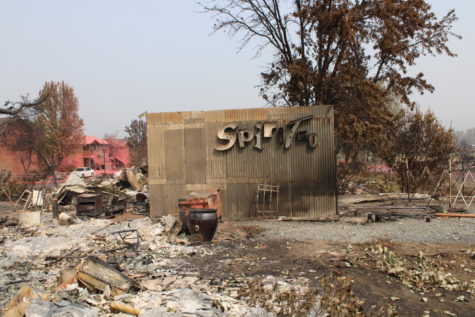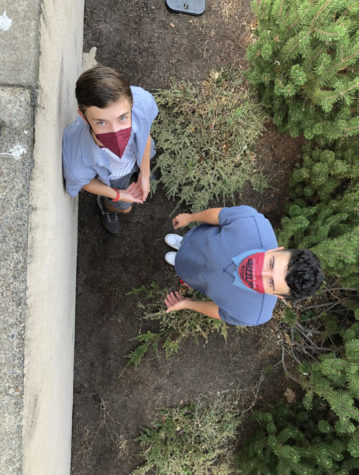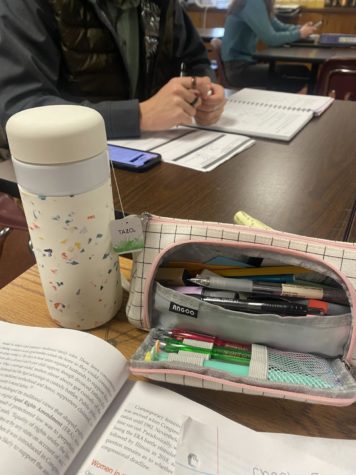The Devastating Effects of Global Warming
Whats Happening and Why
Our Earth is in danger that could be potentially devastating. Global warming has caused the surface temperature of the global surface to rise 1.6 degrees Fahrenheit, according to NASA’s Earth Observatory. As a result, our glaciers are rapidly melting, sea levels are increasingly rising, and our wildlife is being heavily impacted by what humans negatively cause due to the excessive level of “greenhouse gases” emitted into our atmosphere. The changing climate is occurring much faster than some sensitive species and living things can adapt to. This isn’t only bad news for our climate and our wildlife, but bad news for us as well.
“Greenhouse gases” are the gases trapped in earth’s atmosphere typically due to the burning of fossil fuel and the carbon dioxide emitted into the atmosphere. The Earth’s atmosphere absorbs more of these fuels than the sun’s radiating energies. Although the “greenhouse effect” is what keeps the Earth’s climate inhabitable, it’s also warming the surface temperature of the Earth and 2005 to 2016 is the warmest decade up to date since the modern thermometer was invented back in 1714 according to Hope Jahen, a scientist and the author of The Story of More. The temperature has been rising expeditiously for over a century. Scientists haven’t argued about the evidence of rapid increasing temperatures and they are quite argumentative.
Most of Earth’s ice is located at the North and South poles and is beginning to melt faster due to alerting temperature increases. Since 1930, Montana, Utah, and California have lost one fourth of their snowpack due to hasty melting while other places such as Colorado have lost as much as 80% according to Hope Jahren. So much for wintertime sports, although skiing and snowboarding is the least of our worries right now. The sea ice that covers the Arctic Ocean is abruptly breaking up due to precipitated thinning which threatens the climate polar bears reside in. Polar bears need somewhere to walk and stand, yet it is melting away at a threatening speed. Polar bears are dying from starvation and the increasingly rising sea level may cause them exhaustion if they are constantly swimming for a source of food. Our polar bears and other forms of wildlife such as the ringed seal and Adelie penguins are facing an uncertain future because of us.
The hasty melting of the glaciers is just one cause of the rising sea level. The sea level has rapidly risen due to melting glaciers, the warming of the ocean surface, and oceans absorbing heat trapped by ominous greenhouse warming. Sea water expands as it heats up. There are waverider buoys that are built to record precise measurements of heave, pitch, and roll back to the ocean shore. These applicable instruments as well as similar helpful instruments track properties such as “vertical displacement” that measure an exact distance from where they float down to the center of the Earth multiple times a day. Since 1880, the average height of the global sea level has increasingly risen by more than seven inches according to Hope Jahren. Due to the dangerous warming of the global surface, the process of rise is accelerating. Marine life is heavily impacted by such sudden threatening changes to the ocean’s temperature. Coral bleaching is increasing and resulting in the death of some coral reefs. The ocean acidity is alarmingly increasing which will make it more difficult for marine animals to breath since a majority of the oxygen will be absent due to the amount of carbon dioxide being absorbed by the ocean and atmosphere. The ideal condition for habitats is becoming damaged while threatening and endangering marine species and can potentially lead to extinction for some creatures.
Global warming presents unwelcoming and alarming threats to climate change while posing a serious issue for all sorts of species that inhabit the Earth, including us. It is important that we fight for the health of our planet rather than causing further damage. If you wish to be a helping hand to our beautiful Earth, you can help by lessening our carbon footprint. It’s as easy as riding your bike to work or school. Using public transportation lessens the amount of harmful carbon dioxide emitted by cars, but if you don’t have access to such transportation avoiding traffic avoids wasting gas that produces destructive carbon dioxide. Reducing home energy by being aware of your appliance usage and even going solar are constructive ways to reduce the destruction. A few other contributive methods of reducing our carbon footprint also include reusing and recycling, making efficient water usage choices, and supporting clean energy sources. The crucial health of our Earth is essential and we must make valuable choices to protect our Earth from further destruction.









